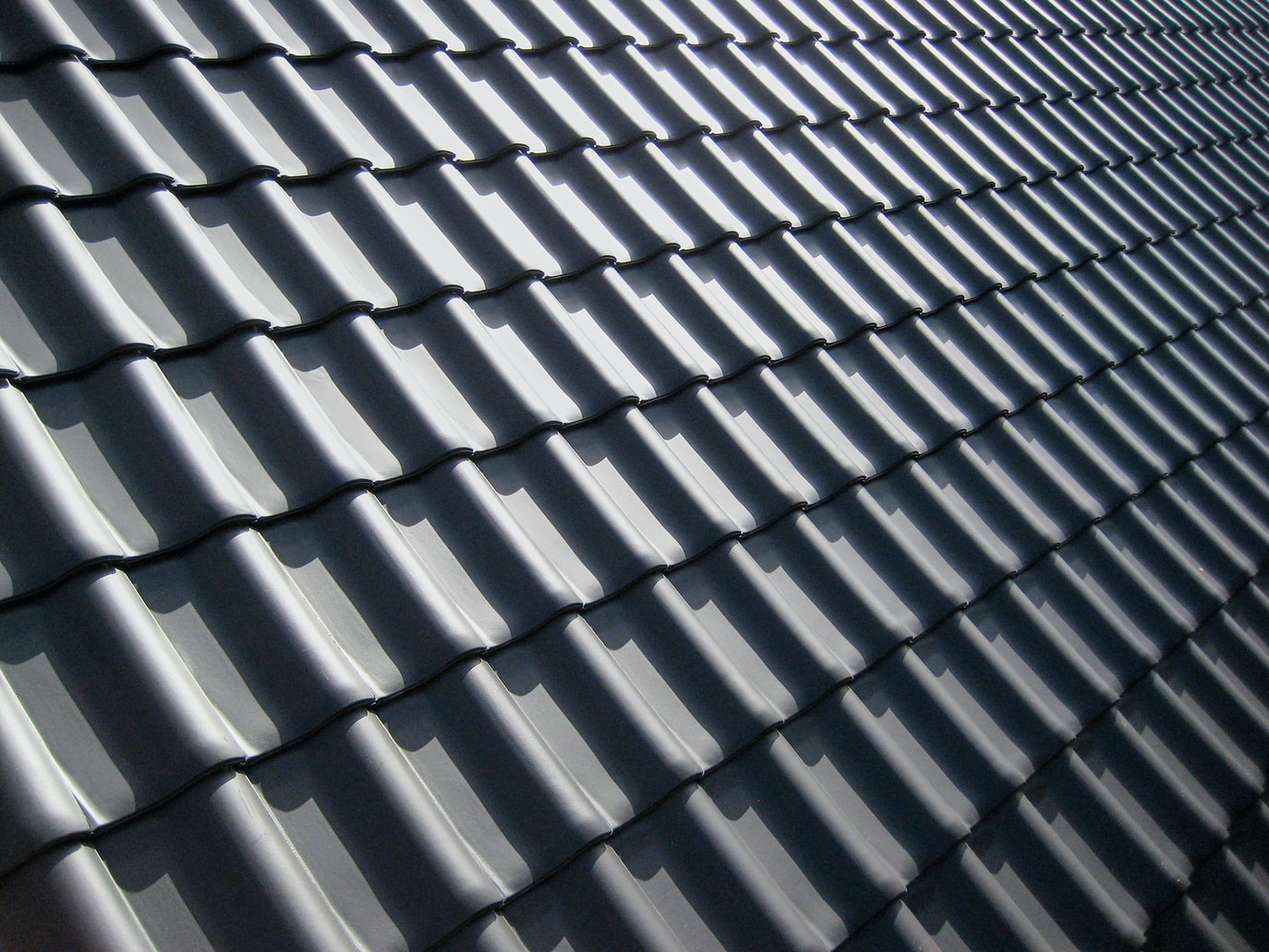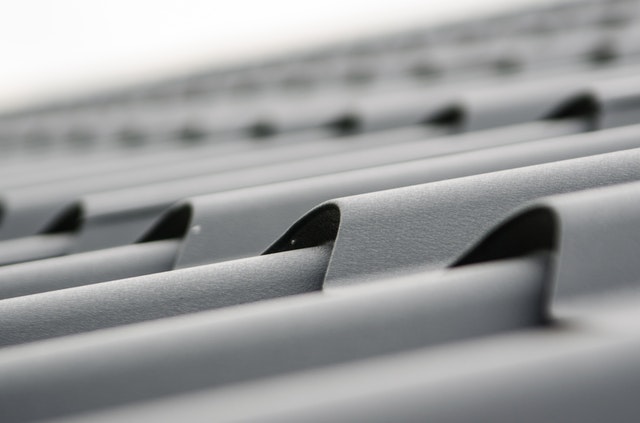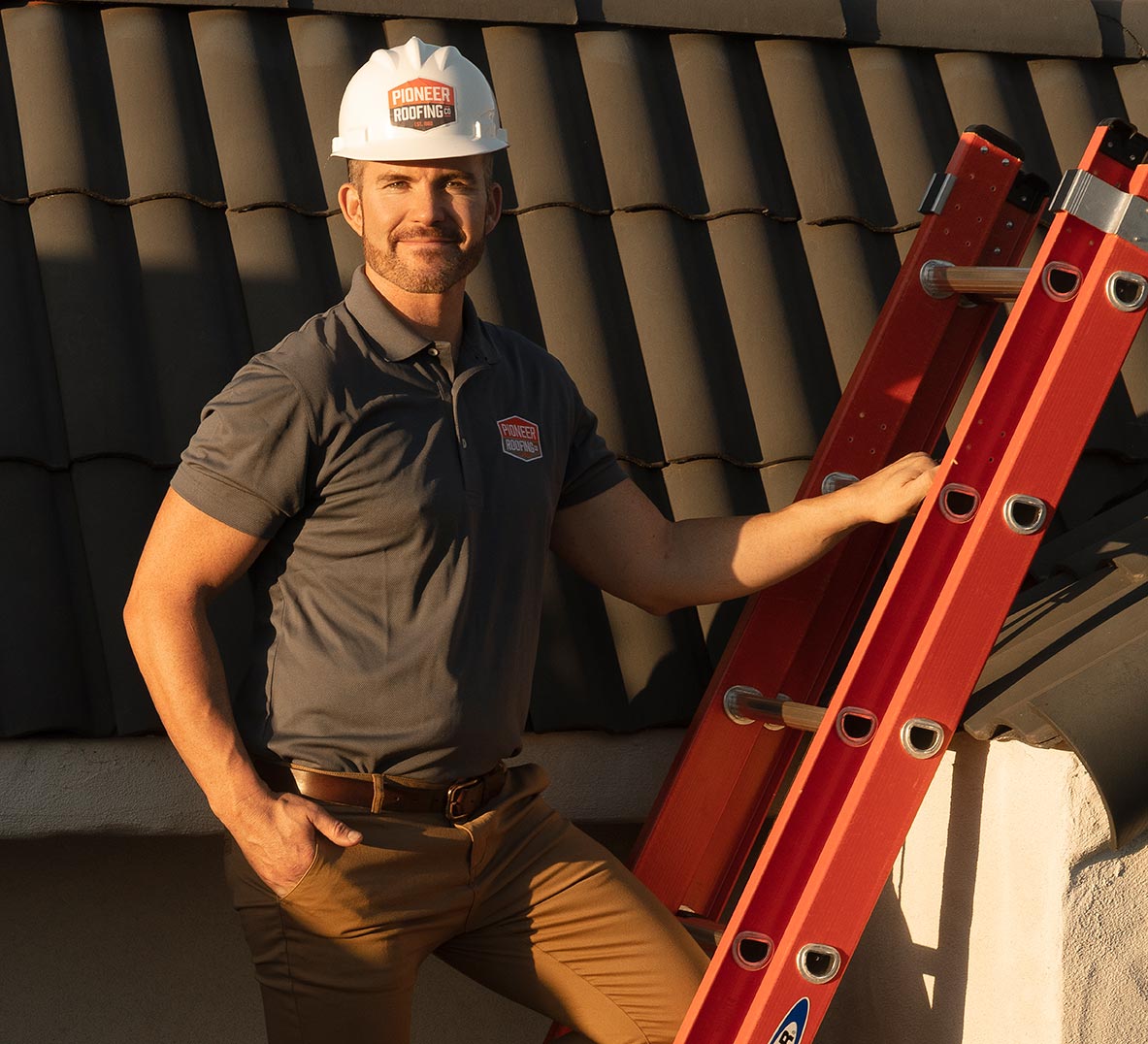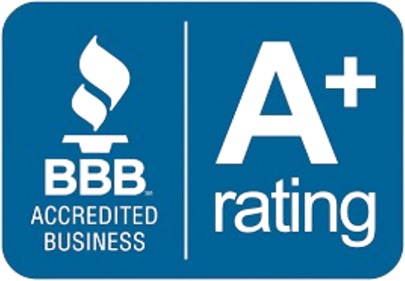Roofing systems are crucial to the safety of the people who live in the home or work in the building, whatever the case may be. When a roof looks wavy or curved (instead of the usual straight appearance), that’s a symptom of a sagging issue.
What Does It Mean When A Roof Sags?
Sagging is typically a roofing problem that homes with old roofs tend to end up with. These roofs usually have a structure that’s seen better days, oft-long overrun with wear and tear. It’s a common issue in old homes given the way of designing roofs back in the day.
Any level of sagging is questionable and should not be acceptable. The only time a roof should sag is in instances of carrying a hefty weight. That said, most roofs should generally be able to handle additional weight by default. Any sagging when there’s weight involved is a symptom of bigger issues down the line.
What Leads To A Sagging Roof?
There is no singular cause that triggers a roof sagging.
Water damage is a common one, especially since the sheathing ends up compromised because of it. Sometimes roofs are unable to distribute water properly, which triggers excess moisture. It will lead to the decaying of roof seething, which triggers sagging. Sheathing replacement may be the only way to resolve that problem.
Another common cause for a sagging roof is undersized materials. Rafters that are 2×4 instead of, say, 2×6 can create a sagging roof problem. Without the proper bracing, walls are more likely to spread.
As previously mentioned, heavy weight can bring issues to the roof from stressing it out. The likes of ice and snow should be regularly cleaned off to prevent build-up. It should be noted that heavy snowfall is usually something roofs are generally prepped for. However, when it gets extremely intensive, the internal structure will end up rather weakened.
In those cases, a plastic roof rake will go a long way in getting snow off of the roof after particularly weighted snowfalls. The use of plastic is important so that the shingles don’t end up with unnecessary damage.
Old age is also a common cause and sometimes, it’s the only one. Properly maintaining a roof will only extend its lifetime to a certain point. Eventually, it will end up needing replacement. When a roof is already well beyond its years, the structure will end up breaking down. At that stage, replacement is the only way to go about it.
Fixing A Sagging Roof
This can be quite tough, and is not quick or fast to get done. Ideally, calling a professional will get the job done well and properly. That said, when trying to “DIY” (do-it-yourself), these steps may help:
- Use lag screws with big washers to attach chains from one side of the wall to the other.
- Add a turnbuckle between the chains, adjusting the tension.
- Jack the ridge beam up through a jack-and-post system.
- Set up jacks and posts that are spread evenly from each other in the middle.
- Jack the roof ridge up, tightening the chains each time.
- Repeat until done: 1″ per day.
This can take a week or two.
Conclusion
Sagging roofs are a sign of a bigger problem; they should, ideally, be replaced. It’s usually caused by old age, undersized materials or water damage. A good fix is to jack it up an inch per day, but the best solution is to call in professionals.
Need a roofing company in San Diego that can help you with your sagging roof? Reach out to Pioneer Roofing Company today! We’re one of the most trusted and wll-respected roofing companies in the area.










